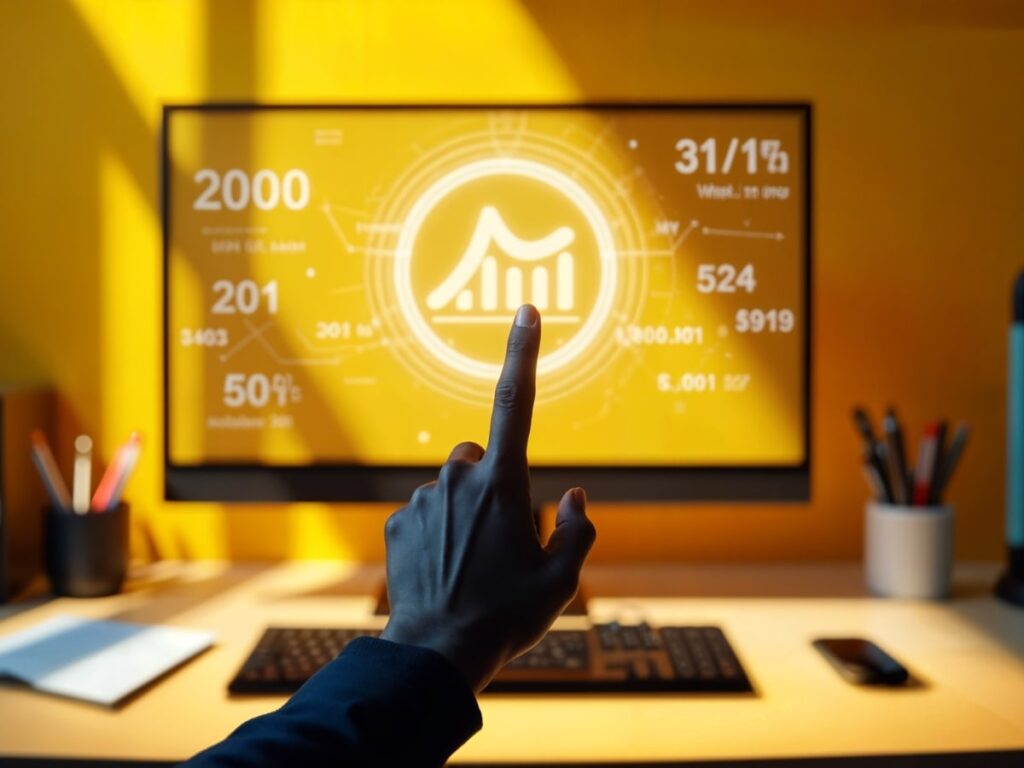Artificial intelligence transforms our daily lives, workplaces, and interactions with digital tools. The focus keyword of this article, Future Tools AI, represents the new wave of AI innovations that are set to change our world in unimaginable ways. From predictions about AI’s capabilities by 2030 to the evolution of robots and science prediction techniques, this article will guide you through everything you need to know about the future of AI.
AI Evolution and Future Predictions
The evolution of AI has been remarkable over the past few years, but experts believe that AI evolution prediction will become even more astonishing as we move forward. By 2030, the capabilities of AI are expected to grow exponentially. What level of strength will AI possess in the year 2030? Analysts predict that AI will become an integral part of our daily lives, automating complex tasks, improving decision-making processes, and even predicting the future of technology itself.
The Power of AI in 2030
As we approach 2030, the question is: How powerful will AI be in 2030? The driving force behind its success comes from its quick adaptability and learning capabilities. With advancements in machine learning and data analysis, AI systems will be capable of making accurate artificial intelligence predictions and guiding us toward a more innovative future.
These future predictions are not just about technological growth; they also encompass societal changes that AI will bring. From predicting climate changes to suggesting solutions for global issues, AI 2030 will be a game-changer.
The Role of Robots in the AI Future
Robots are at the forefront of AI development, and by 2025, we can expect significant advancements in robotic technology. Robots’ future is not just about mechanical machines but AI-driven systems that can think, analyze, and make decisions almost like humans. As science prediction techniques become more sophisticated, robots will play a significant role in healthcare, manufacturing, and everyday life.
The concept of a prediction robot that can foresee trends and provide insights is already in development. This breakthrough is a shining example of the remarkable advancements being made in the fields of artificial intelligence and robotics. By robots by 2025, we will witness machines that understand human commands, predict our needs, and offer solutions.
AI’s Long-Term Evolution
Looking far into the future, experts are exploring the AI 500 million years evolution concept. Although this may sound like a far-fetched idea, the goal is to understand how AI could evolve over millions of years, possibly outlasting humans in its capabilities. This theory provides a glimpse into the endless possibilities of what AI can achieve.
Another intriguing aspect is how AI predicts end-of-the-world scenarios. While these predictions are based on current data trends and simulations, they remind us of the importance of responsible AI development. It will be essential to harness the potential of artificial intelligence in a way that promotes its positive impact and mitigates its risks, mainly as its influence grows in the years to come.
Future Predictions Beyond AI
It’s not only AI that will shape the future. Predictions about society, economy, and technology also play a vital role. For instance, future predictions about America suggest AI-driven tools will significantly influence education, healthcare, and business sectors. Incorporating artificial intelligence into daily routines will streamline processes and unlock fresh opportunities for creative breakthroughs.
Conclusion
Future Tools AI is more than just a buzzword; it represents the next phase of technological evolution. As we look ahead to AI 2030 and beyond, the impact of AI on our lives will be profound. The journey ahead is filled with exciting possibilities, from robots in 2025 to futuristic predictions about AI’s capabilities. Harnessing the benefits of these technological breakthroughs in a thoughtful and accountable manner is crucial for creating a more promising and AI-driven tomorrow.

